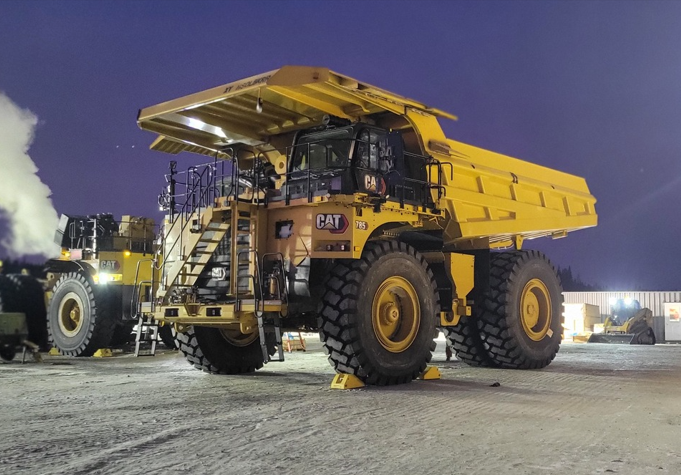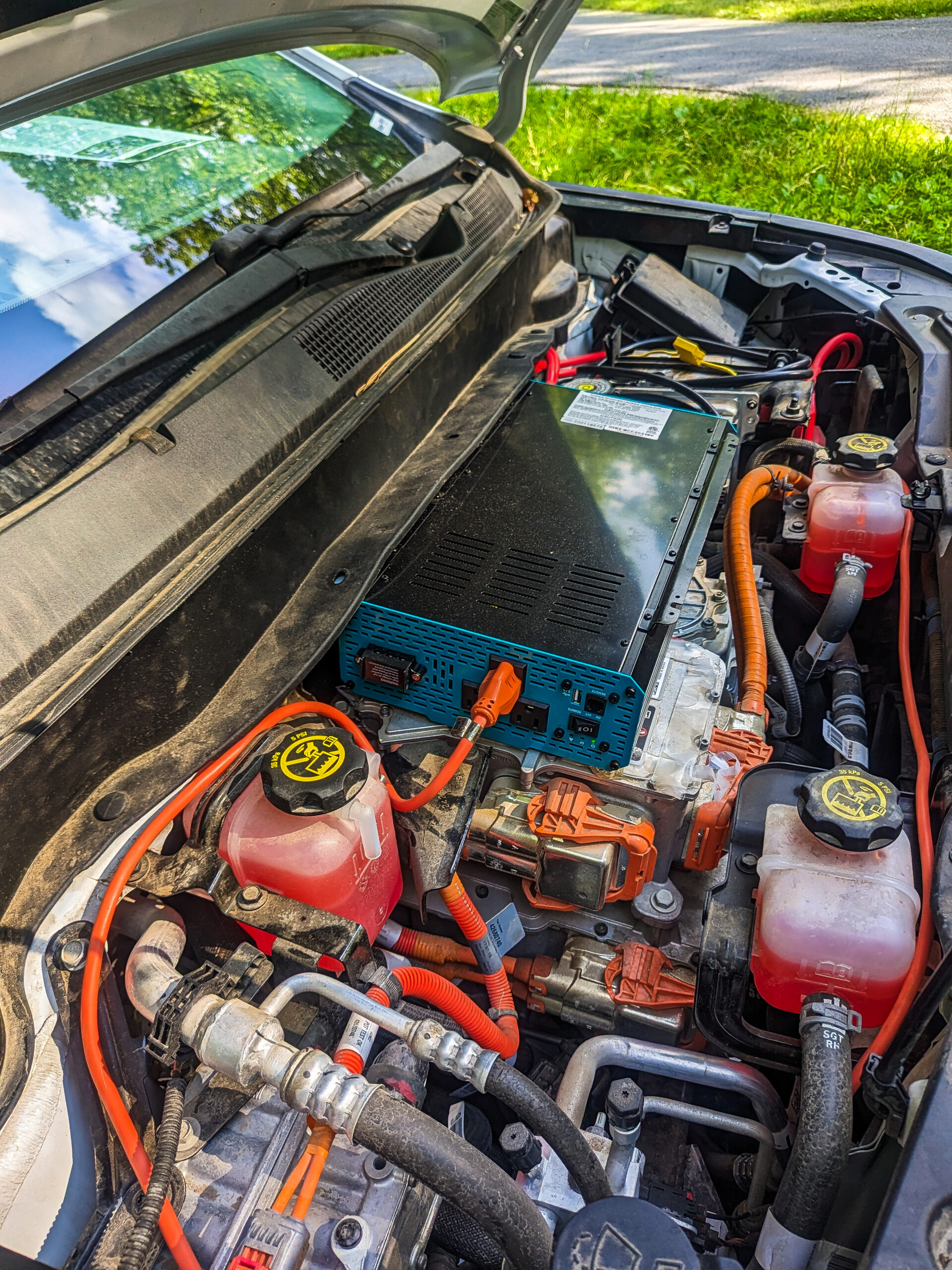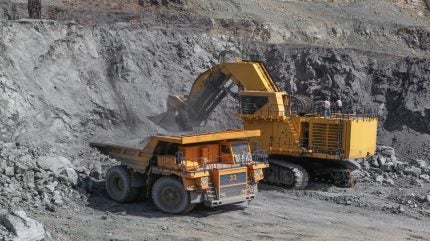Sign up for daily news updates from CleanTechnica on email. Or follow us on Google News!
Farmers in Arizona have a problem — too much sun and not enough water. Agrivoltaics, which combines solar panels and agriculture, is offering some relief, however. According to Tucson.com, last summer, Phoenix hit or topped 110° F for 31 days straight, the longest such streak ever (there is a good chance that dubious record will be shattered this summer). That searing heat in Arizona dehydrates crops and evaporates water the state desperately needs to conserve. Creating shade using agrivoltaics is one way to combat the problem.
By using agrivoltaics, farmers can simultaneously protect their plants, save water, and lower their energy bills. Photovoltaic panels are placed above the crops, harnessing the sun’s energy while providing valuable shade. Federal programs made possible by the Biden administration are available to help farmers take advantage of this sustainable method of growing crops. “The solar arrays will help shade and help reduce our water use and improve our water use efficiency, which is very important in places like New Mexico and Arizona,” said Derek Whitelock, supervisory agricultural engineer at the US Department of Agriculture. “Plants don’t need really as much sun as they get here in the West.”
Agrivoltaics Conserve A Vital Commodity — Water
Three-quarters of Arizona’s water supply goes to agricultural irrigation, according to the Arizona Department of Water Resources. The Colorado River Basin is in a Tier 1 water shortage, requiring restrictions for agricultural users. As drought continues, farmers are searching for new sustainable methods of growing. What does Tier 1 mean? It means there is not enough water to go around. Agriculture is vital to the Arizona economy, but dried up crops shriveled by too much sun and too little water have little market value.
The University of Arizona, in partnership with the U.S. Department of Agriculture, has created an agrivoltaic research site to study the ways that solar farming could benefit the state. “You are getting significant water savings,” said Greg Barron-Gafford, the UA professor leading the effort. A study led by him found that when irrigating every other day on an agrivoltaic plot, soil moisture remained 15% higher than on a nearby plot without solar panels.
Some plants actually produced more with less water. Cowpea beans, for example — also known as black-eyed peas — had a higher crop yield when grown in the shade of solar panels. Full sun required twice as much water, it turned out. “Agrivoltaics actually helped us get even more bean production because now we were providing the shade, so they were less stressed,” Barron-Gafford said.
The nonprofit organization Growing Green has built an agrivoltaic plot on Spaces of Opportunity, a 19-acre community farm in Phoenix. Its small 4.8 kW system produces about 40% of the farm’s total energy needs, with a projected reduction of 17,000 pounds of carbon annually compared to conventional power generation, said Sarah Bendok, founder of Growing Green. And with more panels, “it can basically power everything on the farm. They have a cold storage where they put all of their produce that they want to store, the lights, the bathrooms, basically everything there.” “It really feels great to create a project that can benefit the community and the crops and the environment as a whole,” she said.
Federal Support For Agrivoltaics
A number of federal programs are intended to promote sustainable growing methods, especially in tandem with renewable energy systems. The Rural Energy for America Program has sent $63 million to Arizona from 2018-22. REAP provides loans and grants to farmers who make clean energy investments. Funding comes from the Inflation Reduction Act, signed by President Joe Biden in August 2022, a major tax overhaul that included incentives for clean energy and climate mitigation. Among numerous other provisions, the IRA offers farmers a 30% tax credit for incorporating solar panels.
The Gila River Indian Community began installing solar panels above the Casa Blanca Canal earlier this year, with $5.65 million in federal funding. Nearly 3,000 feet of the canal will be covered, conserving water by reducing evaporation, and generating over 1.31 megawatts of green energy, according to the U.S. Department of the Interior. Installing solar panels over irrigation canals has the potential to provide a variety of benefits, including:
- Generating renewable energy
- Reducing evaporation losses of the canal
- Increasing production from solar panels because of the cooling effect of the water beneath them
- Creating land savings for open space and agricultural use
- Reducing facility maintenance by mitigating algae and/or aquatic plant growth
- Reducing the energy footprint and carbon emissions required to operate and maintain the facility
The Department of the Interior Bureau of Reclamation will work with the Gila River Indian Community to cover 2,782 linear feet of the Casa Blanca canal with approximately 2,556 solar panels, which will providing 2.26 million kilowatt-hours of electricity to the Gila River Indian Community for years to come. This is a pilot project which will be part of a five-year program that will provide important information for future solar projects over canals and for the Gila River Indian Community. Eventually, that community would like to include solar panels over all 18.5 miles of canals that traverse its land.
“President Biden’s Investing in America agenda is unlocking resources for new and innovative ways to combat the climate crisis, including simultaneously generating renewable energy and increasing water efficiency,” said Acting Deputy Secretary Laura Daniel-Davis. “In partnership with local stakeholders, the Interior Department will continue to invest in essential water infrastructure projects that mitigate the worst impacts of climate change and invest in communities across the country.”
Water As A Commodity
200 miles west of Phoenix, the tiny town of Cibola sits astride the Colorado River near the border with California and about an hour north of the border with Mexico. For the past ten years, farmers in Cibola grew alfalfa and cotton, using the town’s allotment of 2000 acre-feet of Colorado River water. In 2014, Greenstone Resource Partners LLC, a private company backed by global investors, bought almost 500 acres of agricultural land in Cibola and leased it back to local farmers. But it wasn’t interested in the land, it was interested in the water rights.
Greenstone paid almost $10 million for the land. Then in 2018, it sold those water rights to Queen Creek, a rapidly growing suburb of Phoenix, for $24 million. As a result, the water that used to irrigate farmland in Cibola now flows to Queen Creek via the canals that crisscross Arizona. The fields that once flourished are now barren and many of the farmers in Cibola have lost their livelihood. The plot of the movie Chinatown pales in comparison to the real life skullduggery of the nascent water industry as the world of private equity sets its sights on wringing profits from basic commodities that are a necessity of life.
The Takeaway
The knock on agrivoltaics is that in order to grow corn under solar panels, they would need to be mounted 12 feet in the air. While that may be true, there are many fruits and vegetables that may actually thrive if given a little shade. Agrivoltaics may not be appropriate for every farmer, just as an electric car may not be appropriate for every driver. But there are many advantages to consider.
For farmers who adopt solar panels, they get zero emissions electricity to help power their operations, which saves them money. They get a more abundant harvest, which makes them money. And they will have more water available for irrigation, which also saves them money. If farming is about making money, agrivoltaics can offer significant economic benefits to those who choose to use the technology.
Have a tip for CleanTechnica? Want to advertise? Want to suggest a guest for our CleanTech Talk podcast? Contact us here.
Latest CleanTechnica.TV Videos
CleanTechnica uses affiliate links. See our policy here.
CleanTechnica’s Comment Policy





